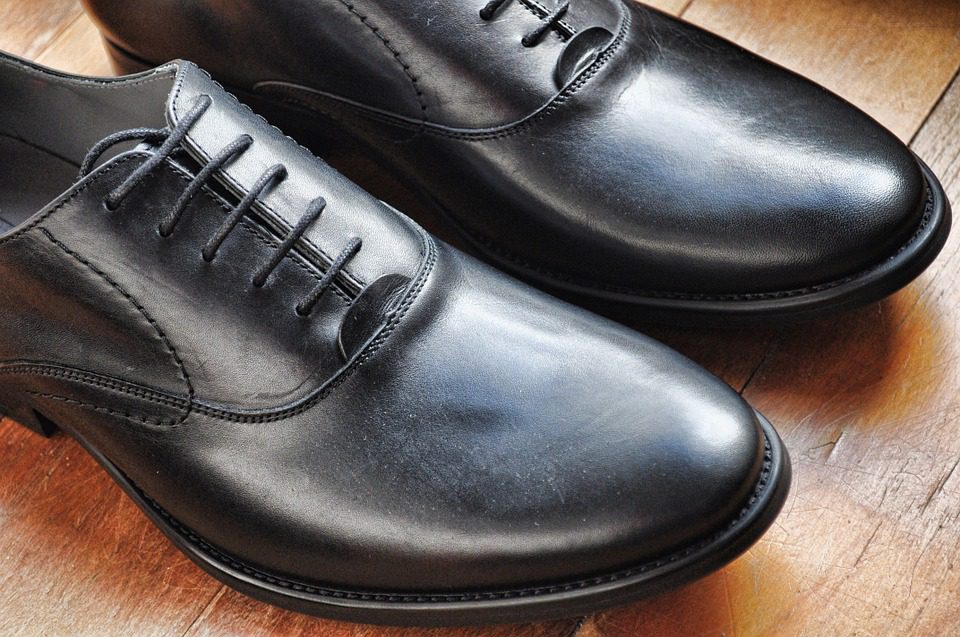Plasters for Clothing
Leather products are a timeless collection to have. They are manufactured for durability and longevity. A leather coat will stay in your collection for years and years while you change other clothing items frequently. What goes into manufacturing these leather clothing products? A key component to this is plasters for clothing that are used to strengthen the quality of leather. Some plasters for clothing that are key in producing good quality leather clothing are as per below;
Vecoplast PN and AM
Vecoplast PN is a mixture of waxy substances and synthetic resins that form a pre-ground for for full-grain leather. It is responsible for closing small defects of the skin by regulating the absorption and thereby producing a leather product without defects. Vecoplast AM is an auxiliary, filling and matting that gives buffed leather finish a good fullness. It has excellent adhesion. Not only is it adhesive, but it also improves cover and levelling of applied mixture. The result is a smoother finish.
Vecoplast Stucco RA and Stucco 168
Vecoplast Stucco RA is an ivory white viscous liquid that is applied by spatula or rotary cylinder. It is suitable for masking and correcting defects. It is suitable for all types of leather, making it a versatile product. It has excellent buffing qualities and also adheres well to the skin. Vecoplast Stucco 168 is an auxiliary plaster and filling used with the intention of obtaining good coverage and grain reconstruction on buffed leathers. Much like the Stucco RA, it can be applied using a rotary cylinder. Spraying could also be used as an application process. They are renown for their excellent adhesion quality. As if that’s not enough, the plaster product also improves surface appearance and feel of leathers. Notable on this product is the shiny look you will get after a proper polishing.
Wear your leather clothes with style and a newfound appreciation for the manufacturing process!



Hey , This is such a best information about Plasters for Clothing.
please keep sharing : http://blog.chemocart.com/understanding-world-leather-chemicals/
Hello! Thank you for your opinion!
This is totally new to me. Thanks for sharing the process and type of protecting layers available on leather. Thanks to aware us about this process